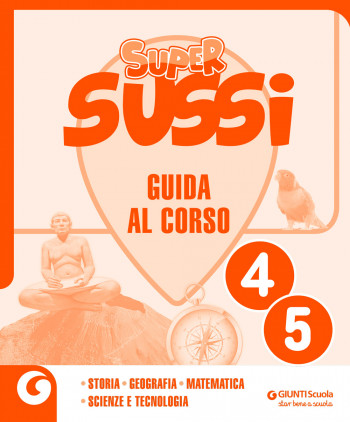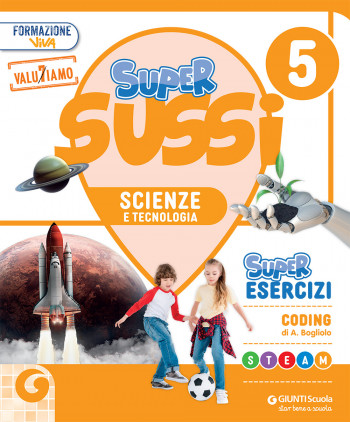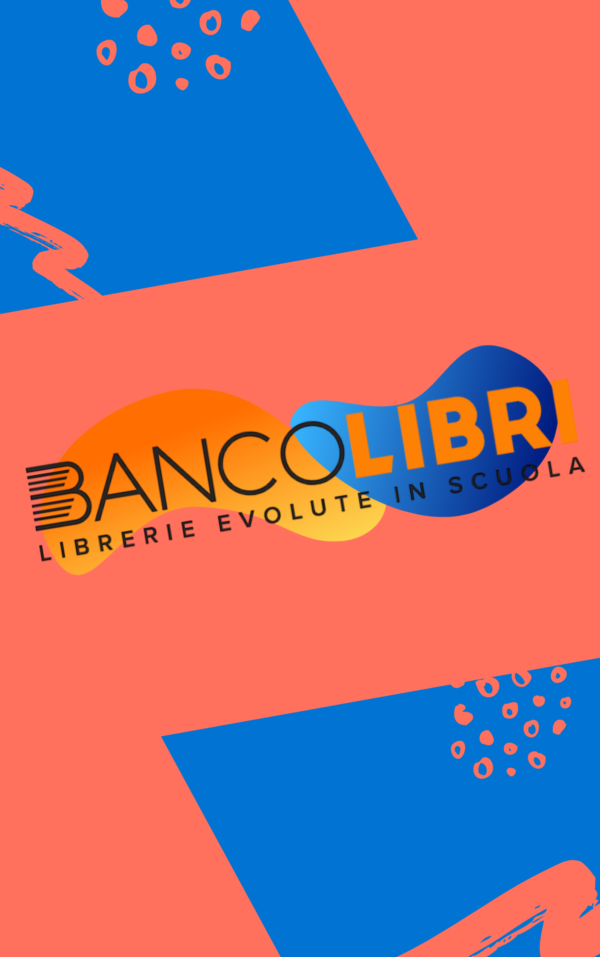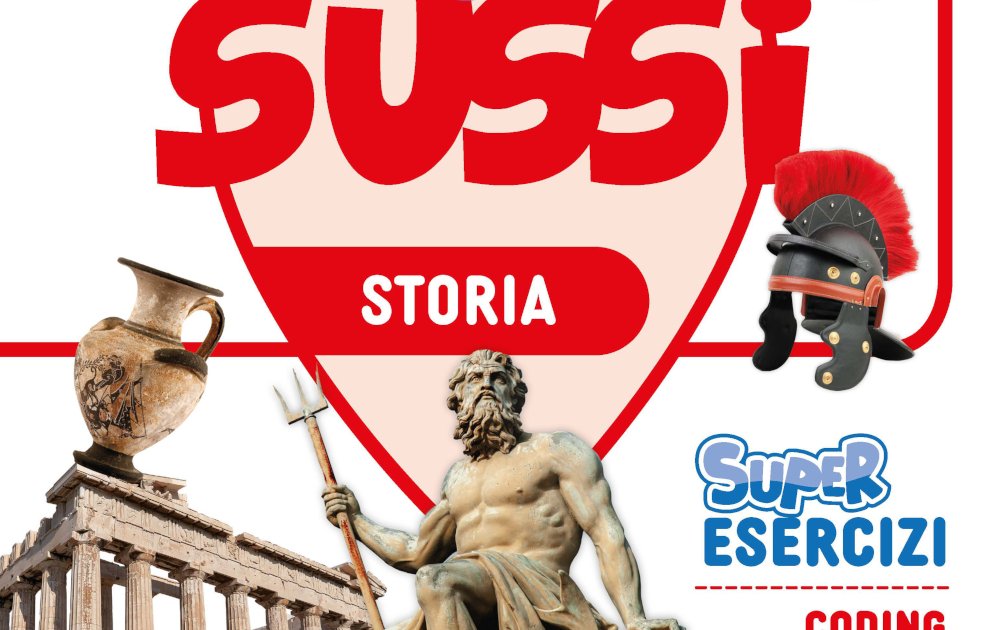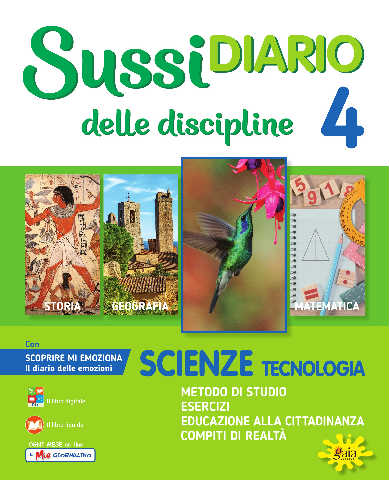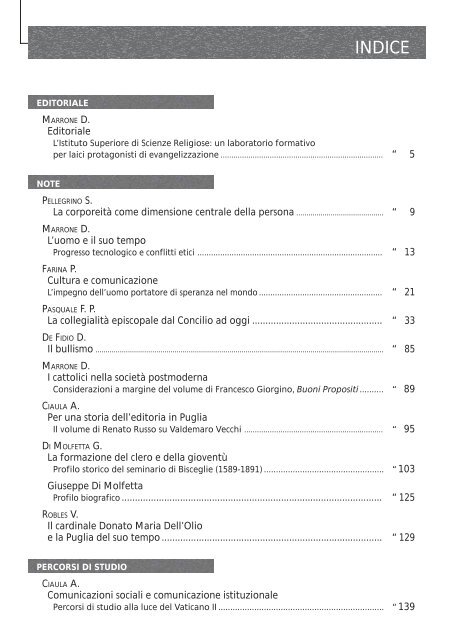
SuperSussi. Antropologico. Con Storia, Geografia, Educazione civica 4-5, Atlante di storia, geografia e scienze 4-5, Quaderno delle esperienze per la ... Con e-book. Con espansione online (Vol. 1) : -: Amazon.it: Libri

Viva leggere. Con Letture, Grammatica, Scrittura, Quaderno delle esperienze per la valutazione. Per la 5ª classe elementare. Con e-book. Con espansione online (Vol. 2) : -: Amazon.it: Libri



